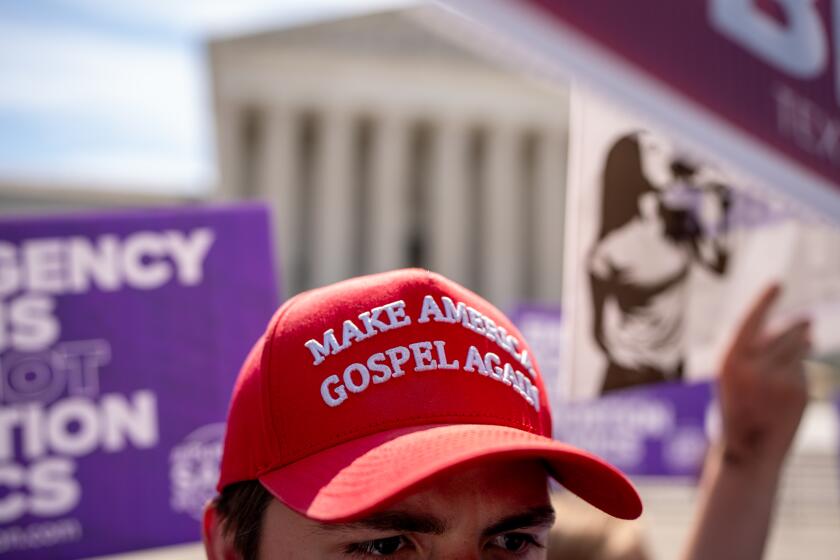New York has bike sharing. So does Chicago. So why doesn’t L.A.?
After fits and starts, it looks like Los Angeles County is getting closer to building a bike sharing system. New York, Chicago, Denver and San Francisco all have established bike share programs, in which bicycles can be rented for short trips and returned to docking stations throughout the city. But Los Angeles has had trouble getting a program off the ground.
Two years ago, the city and private company Bike Nation announced a $16-million investment to bring 4,000 bikes to downtown, Hollywood, Venice and Westwood. But the Bike Nation business model, like many private bike share companies, relied on revenue from advertising on bike kiosks, and Los Angeles had already sold another firm the exclusive right to advertise on street furniture such as kiosks. Without the revenue, Bike Nation hasn’t been able to make the plan pencil out.
Now, the Metropolitan Transportation Authority is studying how to develop a pilot bike sharing system in downtown Los Angeles, Pasadena and Santa Monica — cities that have rail stations open or under construction, and that have a lot of bicyclists. The study will look at possible locations for bike share stations, analyze costs and recommend a business model to run the system.
VIDEO: Watch this to see what scares L.A.’s cyclists
Metro is looking at two models. One is full private ownership, in which a company owns and operates the bike network. This requires little investment of public dollars, but it also provides little public control over the size and functionality of the network. The other model is public owners and private operators. This requires a large initial public investment — from $5 million to $17 million to buy the bikes, kiosks and docking stations, Metro estimates — but it gives the agency the flexibility to expand or change the network to meet public needs.
The public model is more realistic, given L.A.’s experience with Bike Nation and the need for advertising revenue. Pasadena and Santa Monica also restrict outdoor advertising, and a system publicly owned and overseen by Metro would ensure continuity if bike sharing spreads to L.A. County’s 88 cities. For example, someone could rent a bike in Culver City and know it could be returned in Santa Monica.
The question, at least in my mind, is what impact bike sharing would have on mobility in Los Angeles? It would probably be popular with tourists, particularly in Santa Monica and Venice. But would bike sharing create new bike riders and replace car trips? Or would it just be a convenience for existing cyclists or walkers, and an amenity for visitors? And if it’s the latter, does that justify spending up to $17 million in public money to build a bike rental network?
The answer is probably yes. (When will a new transportation system ever cost just $5 million to $17 million?) But I’m looking forward to Metro’s study to figure that out.
ALSO:
Note to Atty. Gen. Holder: Even bad laws merit a defense
California can’t afford to cater to the anti-vaccination crowd
L.A.’s plan to make Figueroa a ‘complete street’ makes sense
Follow Kerry Cavanaugh on Twitter @kerrycavan and Google+
This post is part of an ongoing conversation to explore how the city’s cyclists, drivers and pedestrians share and compete for road space, and to consider policy choices that keep people safe and traffic flowing. For more: latimes.com/roadshare and #roadshareLA.
More to Read
A cure for the common opinion
Get thought-provoking perspectives with our weekly newsletter.
You may occasionally receive promotional content from the Los Angeles Times.











